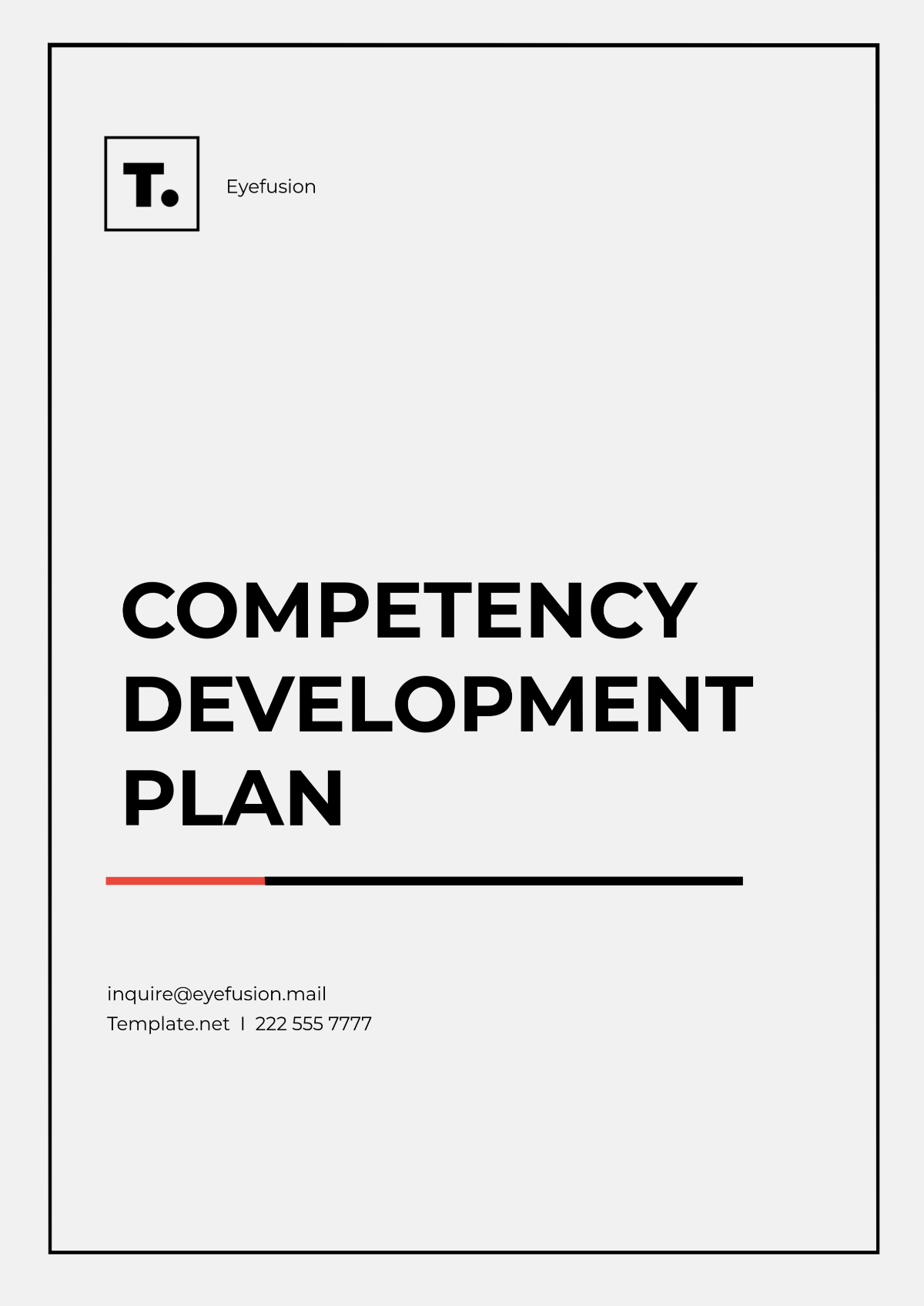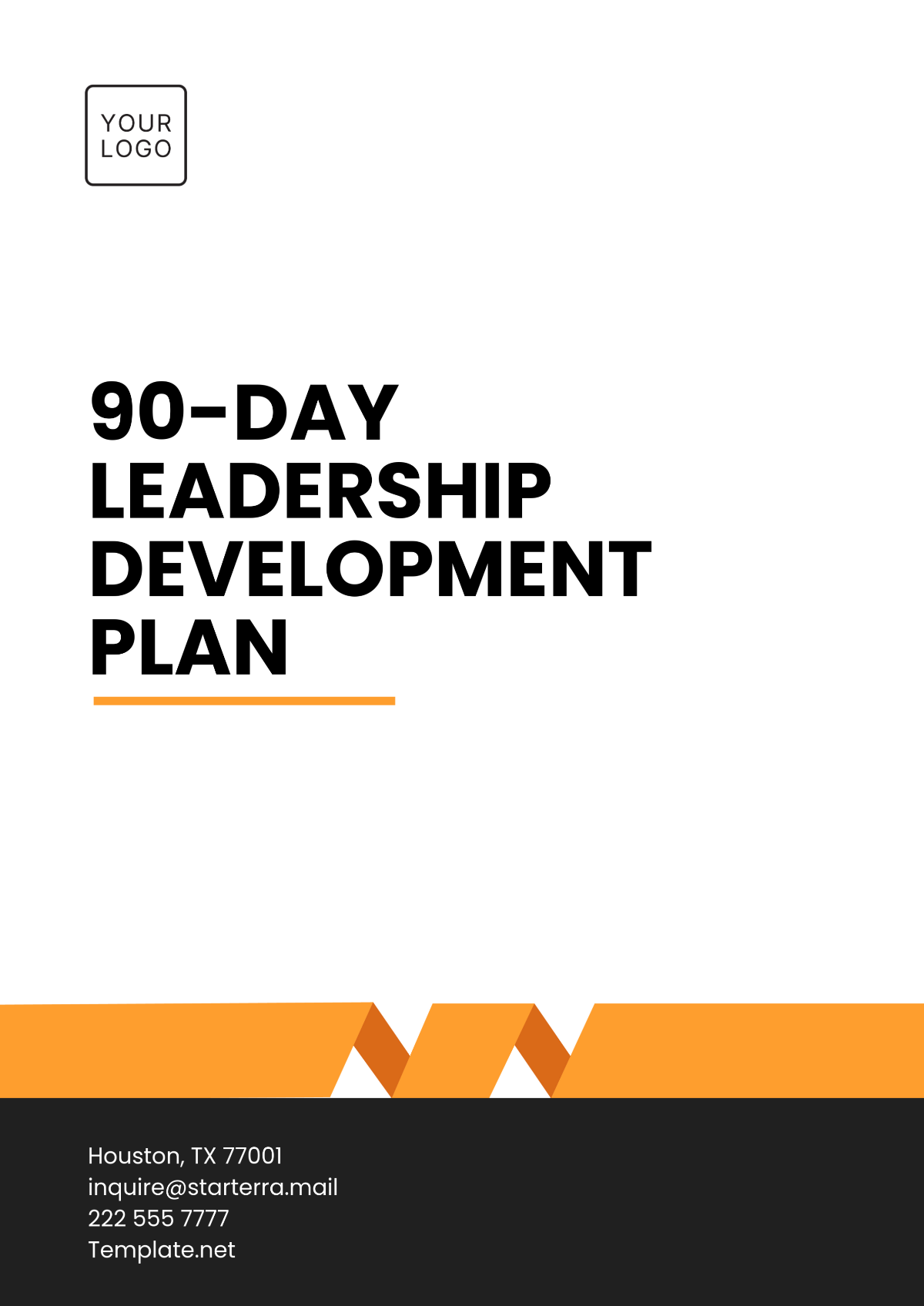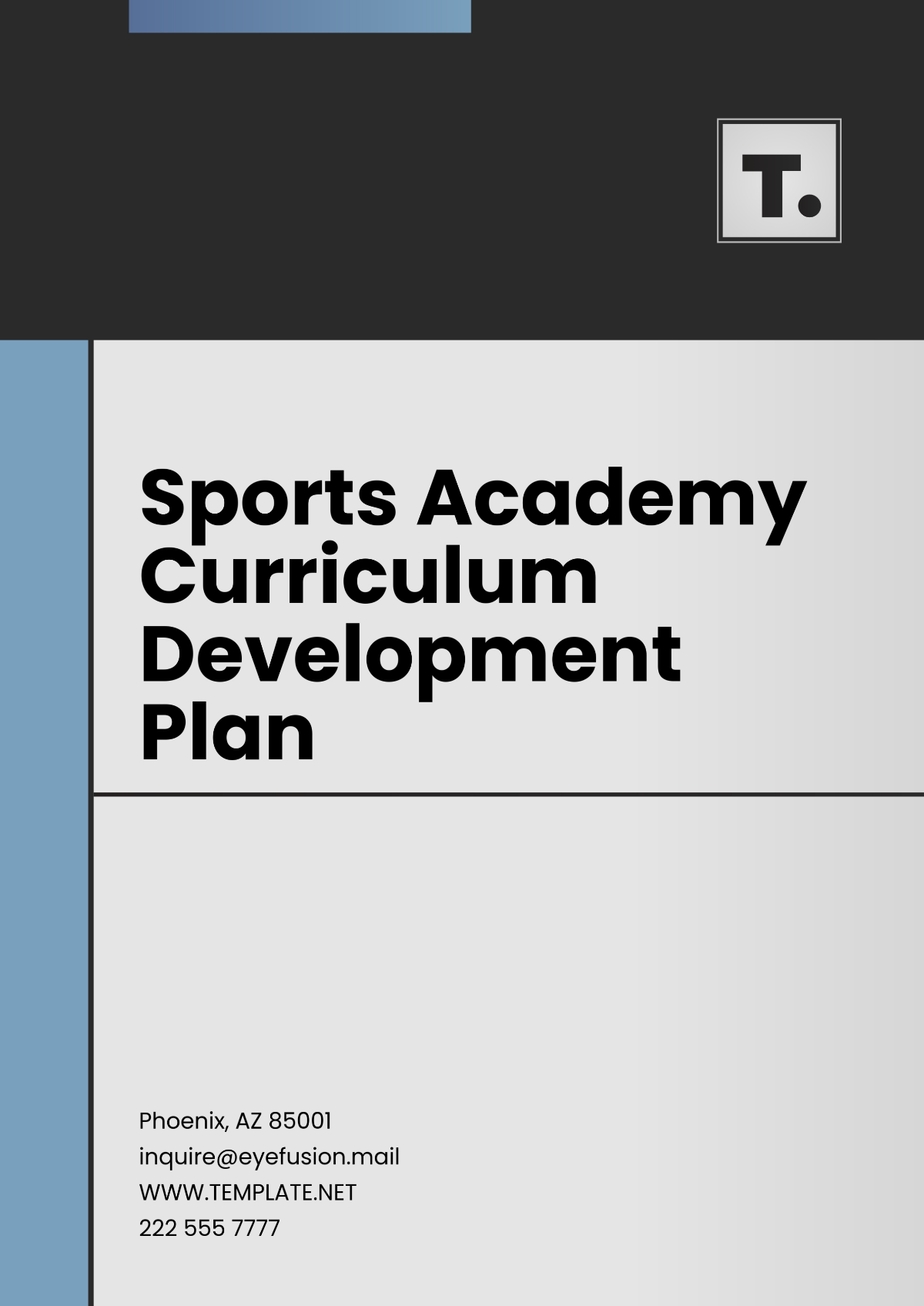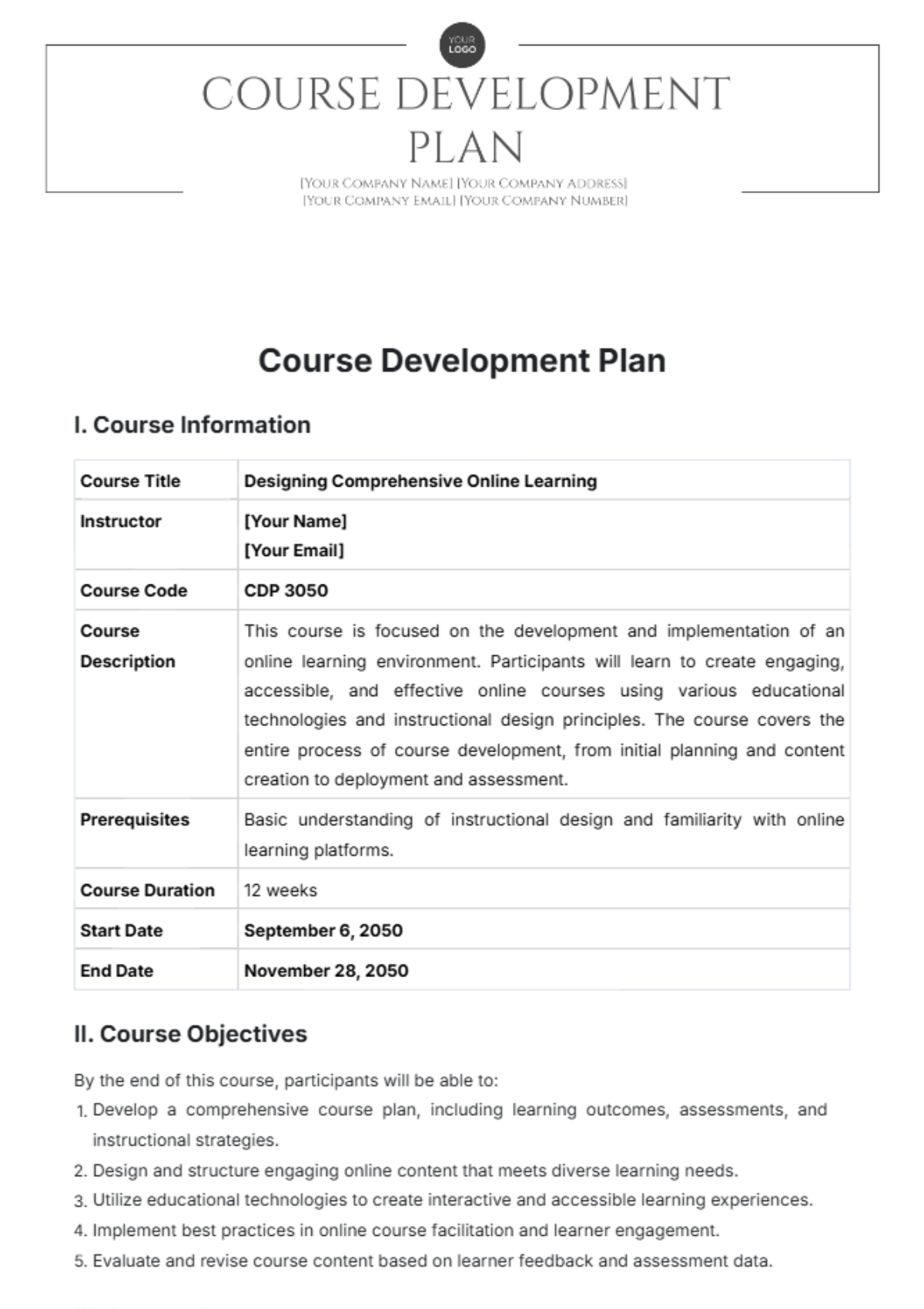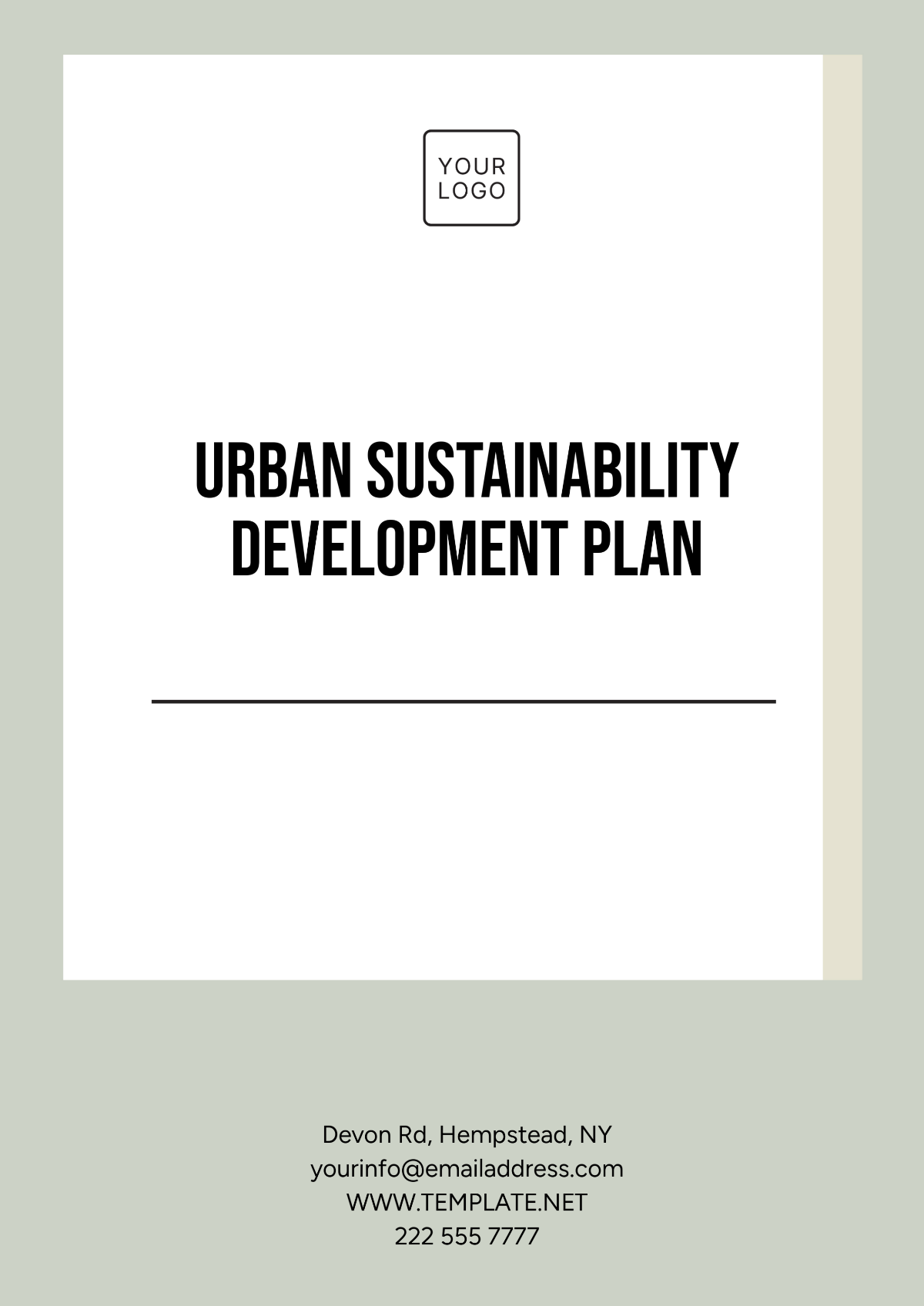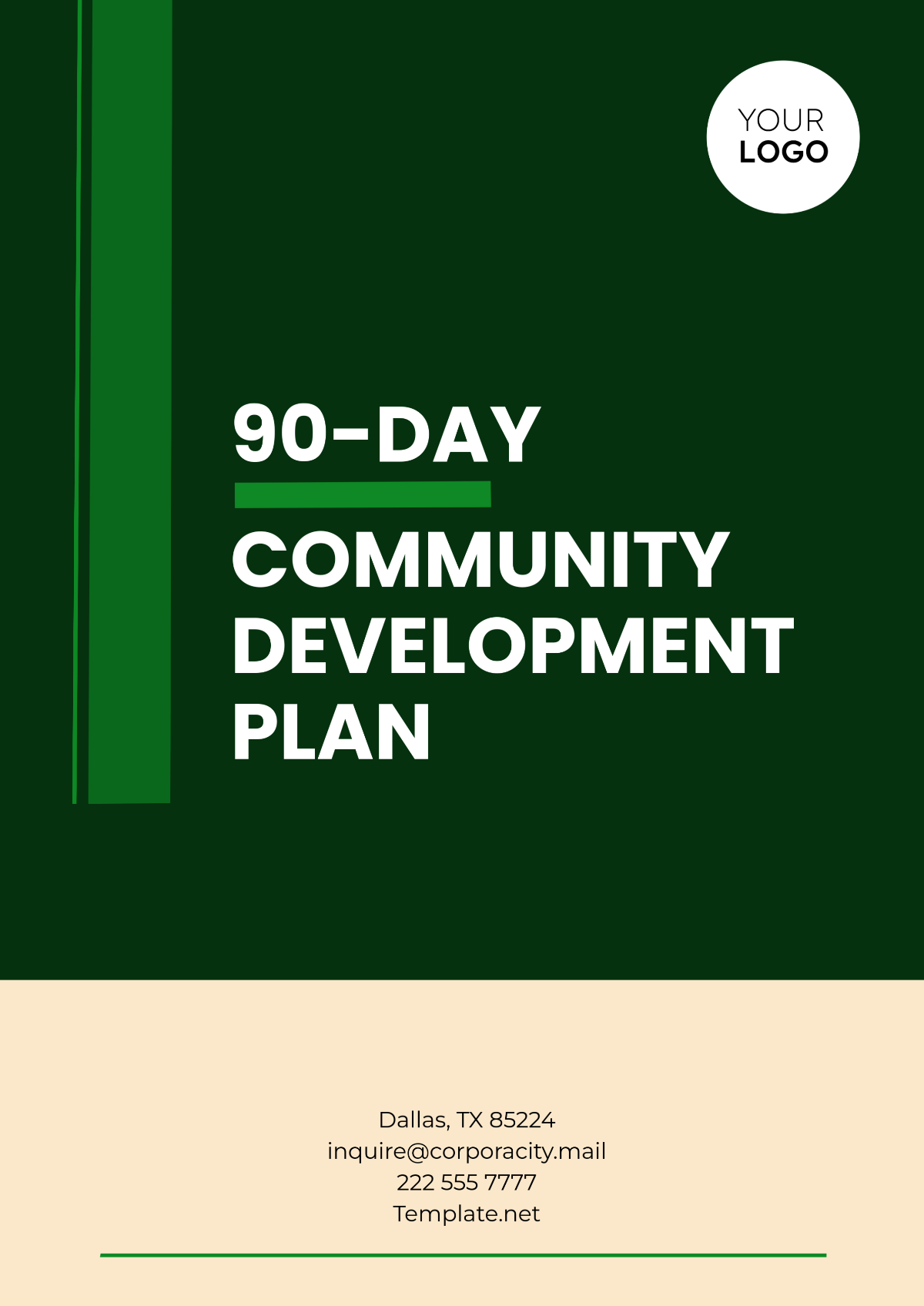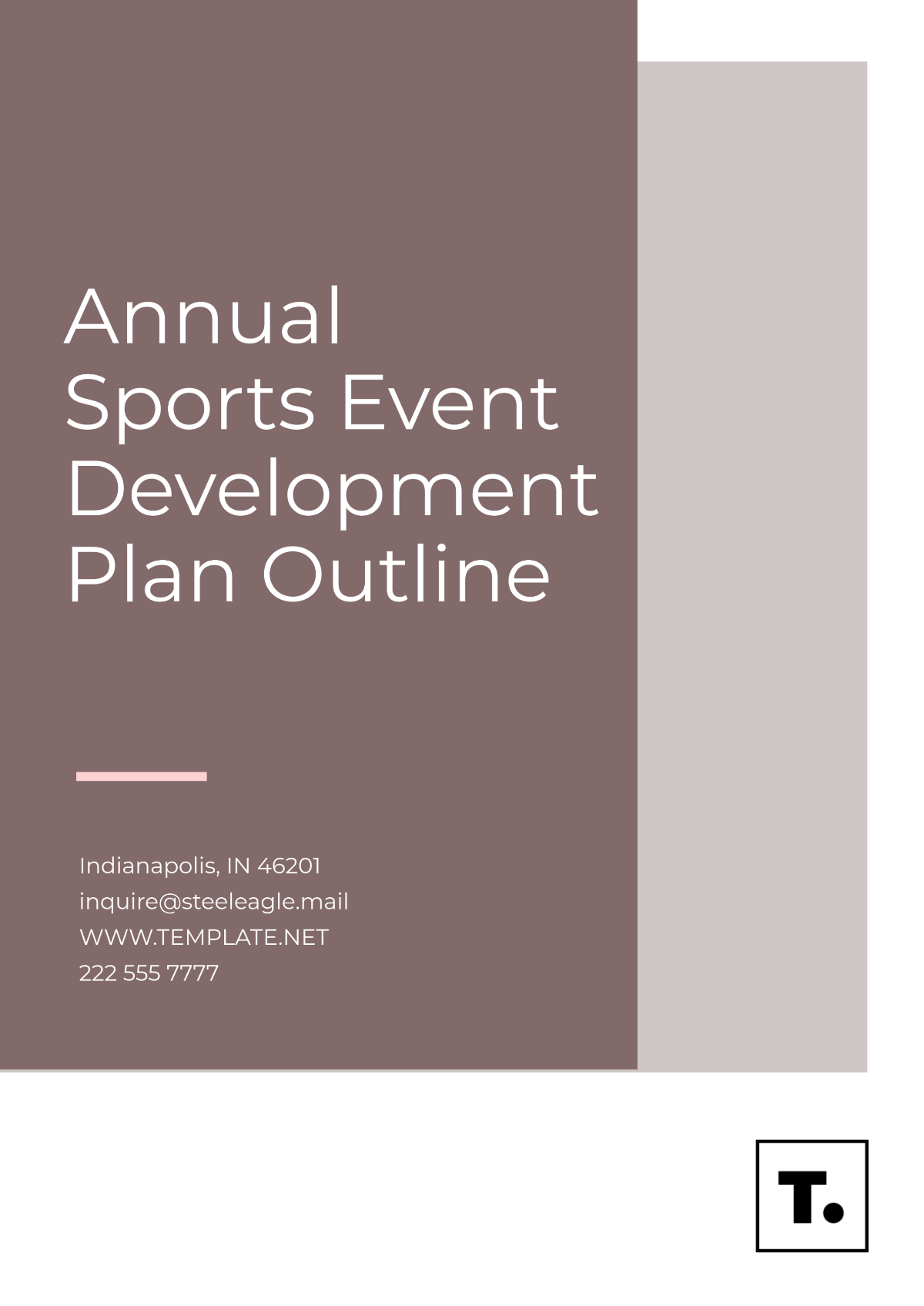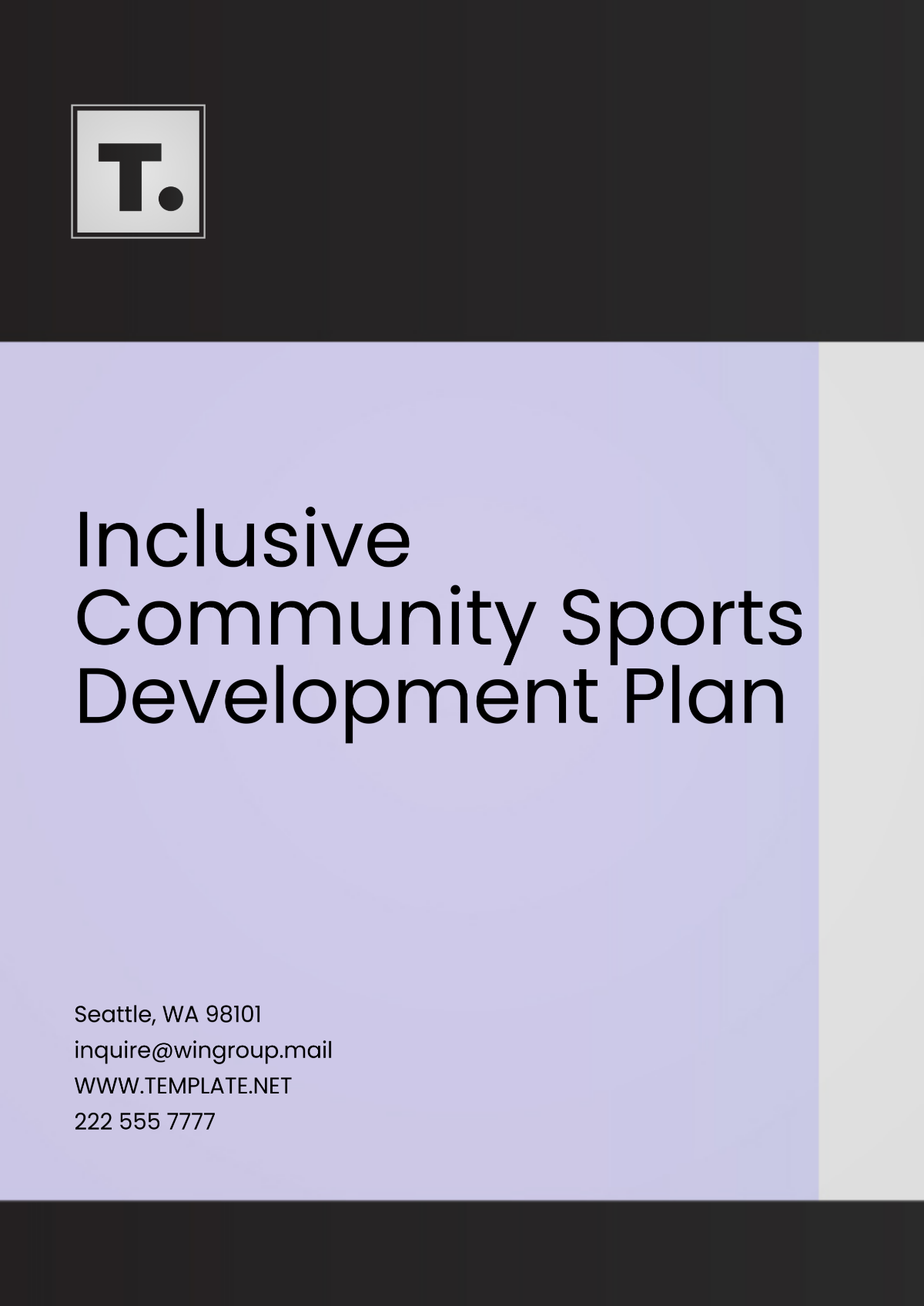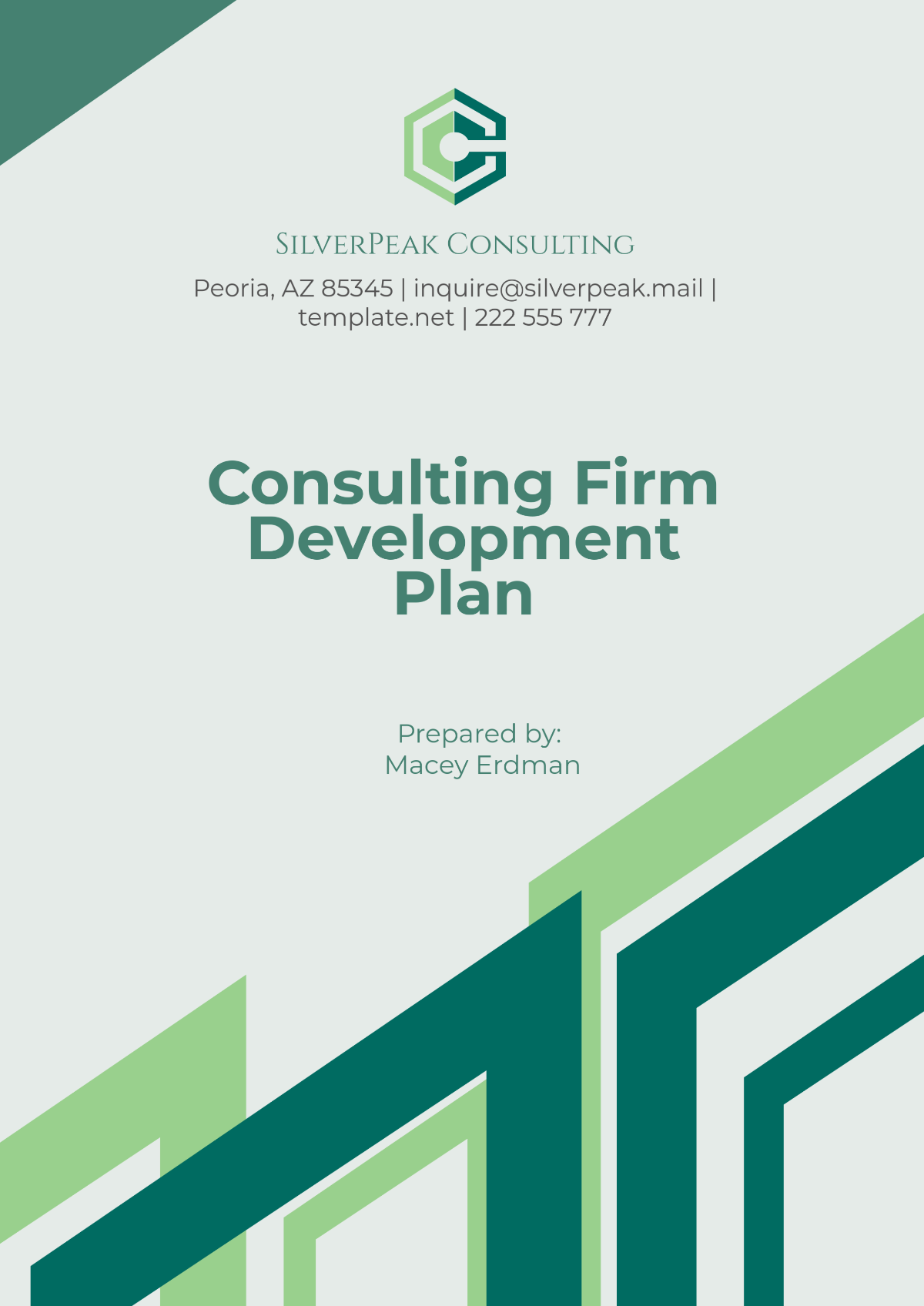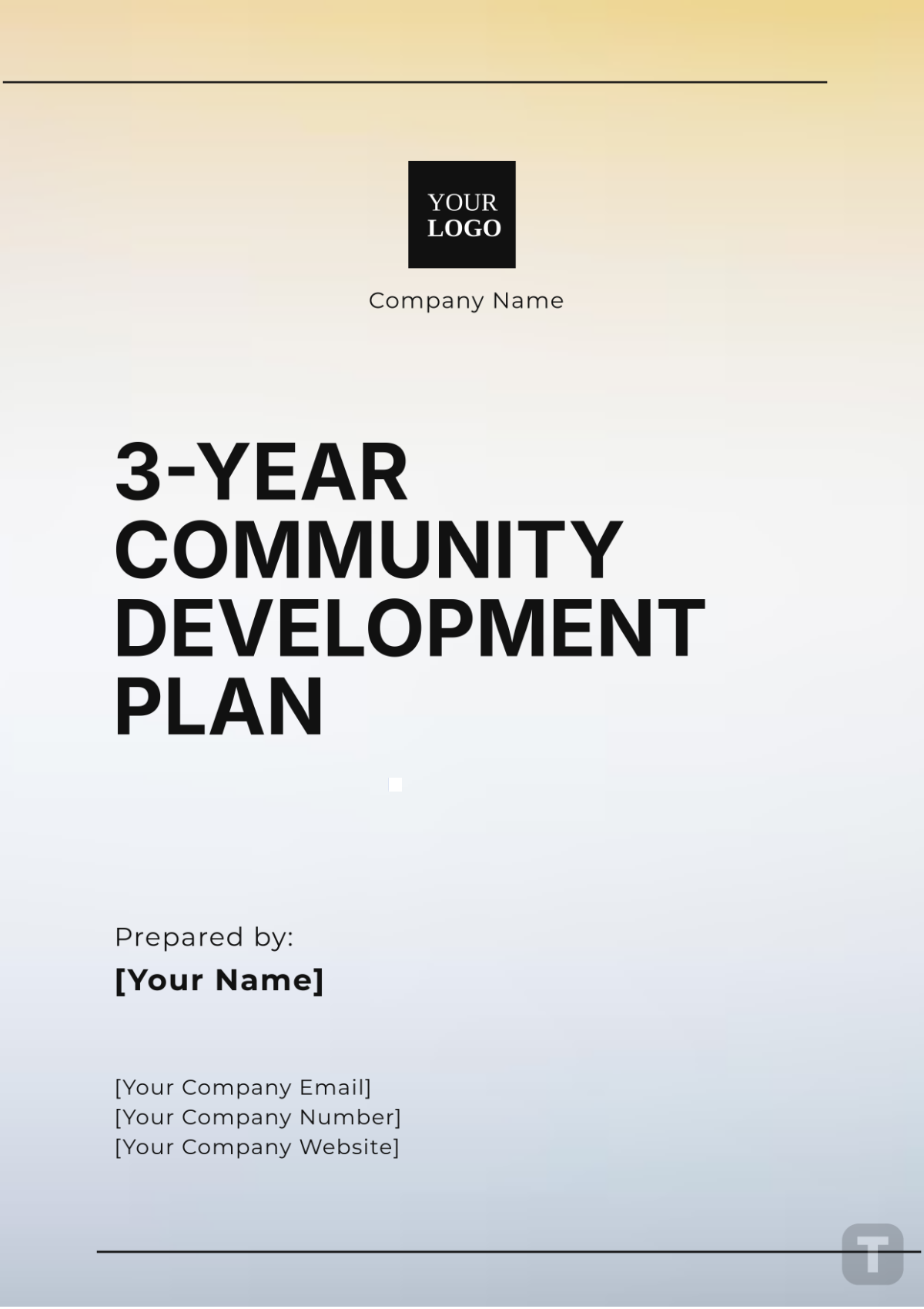Annual Sports Event Development Plan Outline
1. Executive Summary
This Annual Sports Event Development Plan provides a structured approach to organizing a successful sports event. The plan outlines the key phases of planning, execution, and post-event evaluation, with a focus on maximizing participant engagement, spectator attendance, and financial performance. This document ensures that all aspects of the event are meticulously planned, executed, and reviewed to achieve the overarching goals.
2. Planning Phase
2.1 Setting Objectives
Objective | Description | Metric for Success |
|---|---|---|
Participant Engagement | Increase participation through strategic promotion. | Achieving a 20% increase in participant numbers compared to the previous year. |
Spectator Attendance | Boost spectator turnout via targeted marketing strategies. | A 25% increase in ticket sales compared to the previous year. |
Financial Viability | Ensure the event is profitable. | Achieving a positive ROI of at least 15%. |
Brand Awareness | Increase brand visibility through strategic partnerships and media coverage. | Achieving at least 10 media mentions and 5 influencer partnerships. |
2.2 Budget Planning
A comprehensive budget plan is crucial for balancing costs and maximizing revenue. Key considerations include:
Expenses: Venue rental, equipment, staffing, marketing, transportation, accommodations, security, and insurance.
Revenue Streams: Ticket sales, sponsorships, merchandise sales, concessions, and donations.
Additionally, it’s important to build in a contingency budget of approximately 10% of total costs to cover unforeseen expenses.
2.3 Marketing Strategy
A multi-channel marketing approach ensures the event reaches a broad audience. The marketing strategy will include:
Digital Marketing: Social media campaigns, influencer collaborations, email marketing, SEO, and targeted online ads.
Traditional Marketing: Flyers, posters, print ads, and radio or TV ads.
Community Engagement: Partnerships with local businesses, organizations, and schools; hosting pre-event promotions and community events.
2.4 Venue and Date Selection
Key factors for selecting a venue and date include:
Venue Considerations: Accessibility, capacity, amenities, parking, and facilities for participants and spectators.
Date Selection: Avoiding conflicts with other major local events and considering weather patterns for outdoor events.
Local Partnerships: Engaging with local authorities for permits and ensuring alignment with community calendars.
3. Execution Phase
3.1 Event Logistics
Efficient logistics management ensures smooth operations:
Transportation: Coordinating transport for participants, staff, and VIPs, including parking arrangements and shuttle services.
Accommodation: Booking hotels for out-of-town participants, officials, and staff.
Vendor Coordination: Ensuring all vendors (food, merchandise, sponsors) have the necessary resources, space, and staff for operations.
3.2 Safety and Risk Management
Safety is a top priority:
Risk Assessment: Conduct a full risk assessment to identify potential hazards (e.g., severe weather, medical emergencies).
Security Plan: Develop a detailed security plan with coordination from local authorities and security companies.
Medical Support: Ensure access to emergency medical services, including first aid stations, ambulances, and trained medical personnel on-site.
3.3 Volunteer and Staff Management
A well-trained and motivated team is essential for a seamless event:
Recruitment: Develop a volunteer recruitment strategy through local organizations, universities, and online platforms.
Training: Provide clear role descriptions, responsibilities, and training sessions, including emergency protocols.
Team Communication: Utilize radios, mobile apps, or walkie-talkies to ensure effective communication among staff and volunteers during the event.
3.4 Monitoring and Contingency Planning
Real-Time Monitoring: Assign team leaders to oversee key areas (registration, security, catering) to ensure smooth operations.
Contingency Plans: Prepare for potential issues such as weather disruptions, technical problems, or vendor delays. Ensure backup equipment and resources are available.
4. Post-Event Evaluation
4.1 Data Collection and Feedback
Effective evaluation relies on accurate data:
Surveys: Send surveys to participants, spectators, volunteers, and staff to gather feedback on their experiences.
Social Media Analytics: Track mentions, hashtags, and interactions to gauge online engagement.
Participant Data: Analyze registration data for insights into demographics and engagement levels.
4.2 Financial Review
A financial audit is necessary to determine the event’s profitability:
Revenue vs. Expenses: Compare actual revenue and expenditures to the initial budget.
Sponsorship and Partnerships: Review the effectiveness of sponsorship packages and partnerships in terms of visibility and ROI.
Future Financial Strategy: Identify areas for increasing revenue or reducing costs for future events.
4.3 Success Metrics Analysis
Post-event success metrics should focus on the key objectives set in the planning phase:
Engagement Levels: Participant satisfaction rates and engagement levels (e.g., social media interactions, return participation rates).
Attendance Metrics: Spectator turnout against ticket sales targets.
Financial Performance: Assessing profitability and ROI compared to targets.
4.4 Lessons Learned and Recommendations
Identify key takeaways for continuous improvement:
Successes: Document strategies and initiatives that contributed to the event's success, such as marketing tactics or logistical innovations.
Challenges: Note any challenges faced and the solutions applied.
Recommendations for Future Events: Offer practical recommendations to enhance future events, such as boosting marketing strategies and optimizing volunteer management.
5. Sustainability Considerations
To ensure long-term success, the event should prioritize sustainability:
Eco-Friendly Practices: Minimize waste by promoting digital tickets, using recyclable materials, and reducing single-use plastic.
Green Partnerships: Engage with eco-conscious vendors, sponsors, and partners who support sustainability.
Post-Event Cleanup: Plan for efficient cleanup, ensuring that the venue is returned in pristine condition.
6. Conclusion
This Annual Sports Event Development Plan serves as a roadmap for organizing a successful event, ensuring that all phases—from planning to post-event evaluation—are strategically aligned with the event’s goals. By following this plan, organizers will optimize participant engagement, increase spectator attendance, ensure financial viability, and create lasting community impact, setting the stage for continued growth and success in future events.
